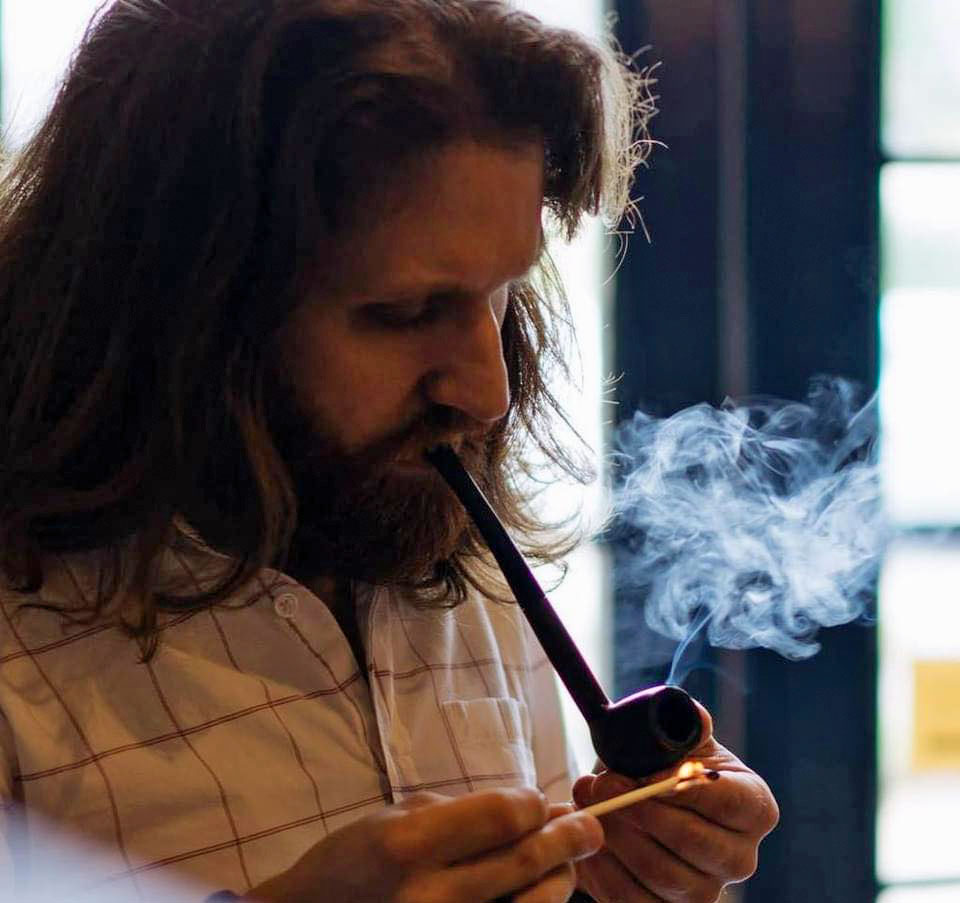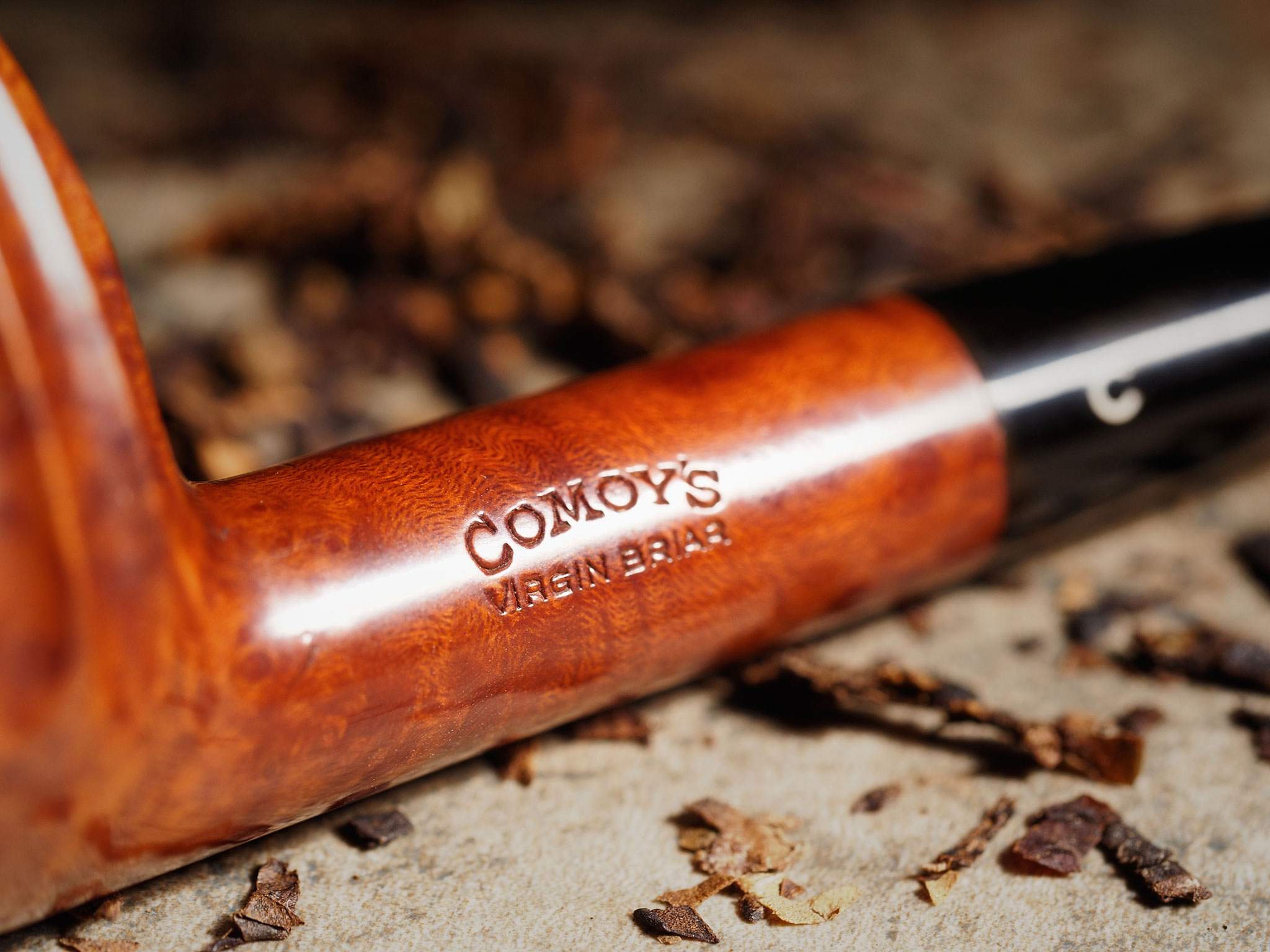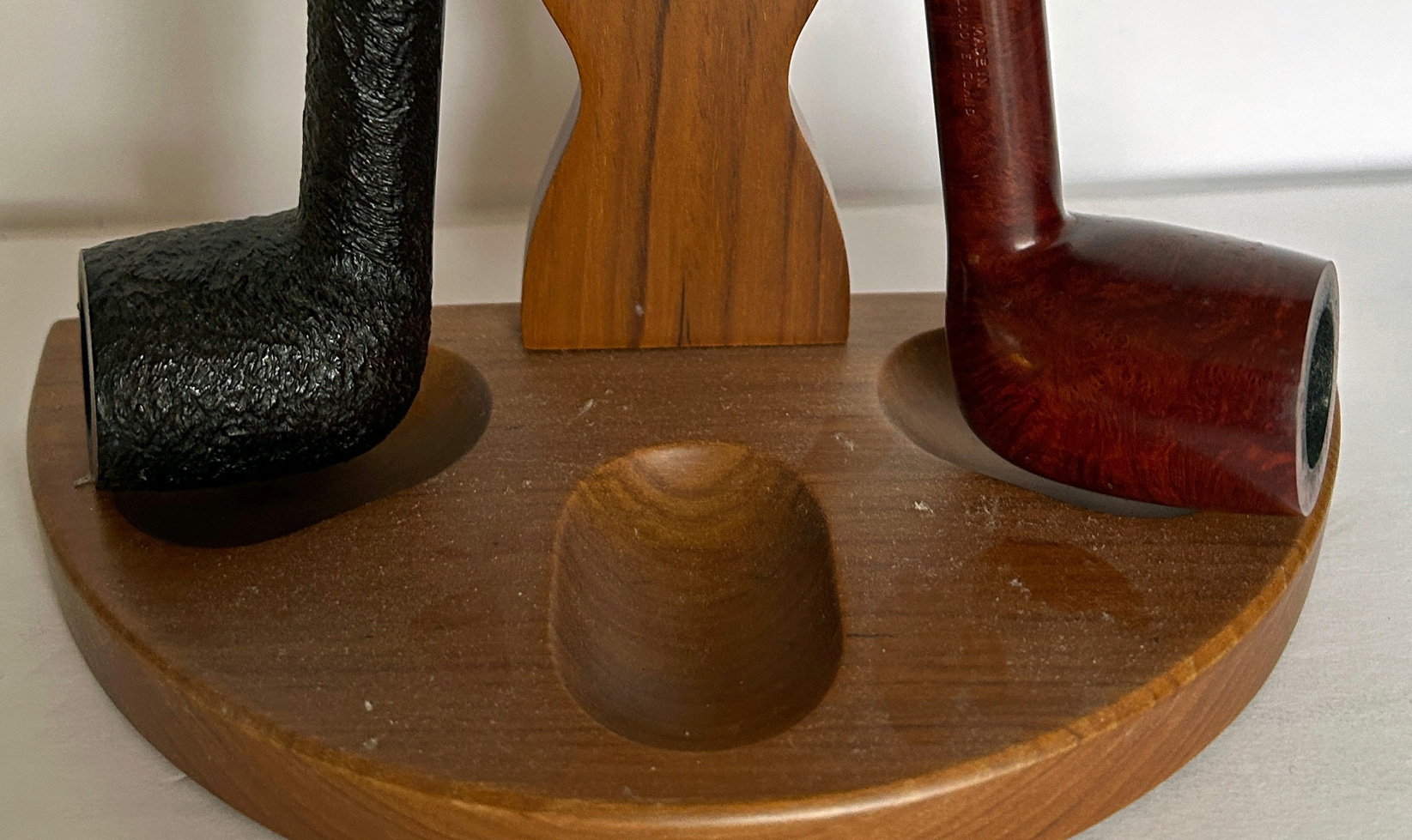By Bob Tate

The New York Transit Museum’s Annex in Grand Central Terminal (mid-town Manhattan) is opening an exhibit featuring artifacts dating back to the 1600s. Included in the exhibit will be a collection of nineteen vintage pipes, many dating back to the 1600s. The exhibit opens today (March 18, 2010) and will be presented along with other artifacts uncovered from the site where the South Street Ferry Terminal now stands.
English and Dutch manufactured smoking pipes dating back to the 1600s were among the artifacts uncovered during the archeological dig before the construction of the South Ferry Terminal began. Nineteen of these pipes will be featured in an upcoming exhibition at the New York Transit Museum’s Gallery Annex in Grand Central Terminal in mid-town Manhattan. The new exhibition entitled, “Where New York Began: Archeology at the South Ferry Terminal” runs March 18, 2010 – July 5, 2010.
The “New York Transit Museum Gallery Annex and Store” in Grand Central Terminal (mid-town Manhattan) is open 8 AM to 8 PM Monday through Friday and 10AM to 6PM on Saturday & Sunday. Admission is free. The New York Transit Museum’s flagship is located in a decommissioned subway station at the corner of Boerum Place and Schermerhorn Street in Brooklyn Heights. The Museum has two locations, the flagship in Brooklyn which is 60,000 square feet and the Annex which is 2,000 square feet.
The new South Ferry subway station is enhancing New York’s future and helping to uncover its past. An area rich in city history, it has served as a military battery, fort, and barracks. It was home to Native Americans, the Dutch, British, Colonial European and African-Americans. Before constructing the station an extensive archeological dig was conducted on the site and two 18th century city landmarks, four sections of the Battery Wall and portions of Whitehall Slip, were uncovered along with 65,000 artifacts. This exhibit will feature over 100 artifacts, documents and images of these exciting discoveries and unravel the stories they tell about New York life long ago.
—————————
The Tobacco Pipes
Attesting to both their popularity and fragility, 1,470 fragments of clay tobacco pipes were found on the project site. Though pipes are utilitarian objects, their design, decoration, and maker’s marks can be seen as icons for the brief period of time in which each was manufactured and used. Tobacco, native to America, was introduced to Europe in the mid-1500s. By the 17th century it was popular among all segments of society, regardless of class, race, or gender.
Since pipes frequently broke and were easily replaced, they are often found in archeological deposits. Many pipes found at the project site showed signs of use — having been smoked, broken and then discarded as trash. We can tell that many samples were crudely or hastily made, leading to the conclusion that pipes sent to the colonies from Europe were often inferior products, or possibly “seconds,” in comparison to those sold in Europe.
—————————
The English Made Pipes
Many of the clay pipes found at the site were made in the southwestern port city of Bristol, England, while others were made in London. Among the major Bristol manufacturers exporting their products to the American colonies were three generations of Robert Tippets. The family worked from 1660-1722, passing down their “RT” and “R TIPPET” maker’s marks to successive generations. Because the mark was passed down, it’s unclear which generation made the pipes that were found here.
By the mid 1700s, most pipe manufacturing shifted north. Pipes from Chester were found on the project site, decorated with wheat sheaves—a symbol of the area. Liverpool, a port city just to the north of Chester, was the center of the industry by the 1760s.
English export pipe bowl with rouletted rim
c. 1690-1720
Heeled English pipe filled with charred tobacco
c. 1780-1820
Pipe stem decorated with a tulip and tendrils motif, dotted flowers, and bands of dotted squares in relief
Made in Chester
c. 1720-1760
Fluted pipe with vertical milling around the rim and a wheat sheaf between floral decorations on the side of the bowl (Pipe in Photo)
Made in Chester
c. 1810-1840
Complete pipe made by Robert Tippet I, II, or III
Made in Bristol
c. 1660-1722
Pipe bowl marked “RT”
Made in Bristol
c. 1660-1690
Stem fragment marked “W.MORGAN.LIV”
Made by William Morgan Sr. or Jr., Liverpool
c. 1767-1796
Pipe heel, with mark on left and right sides called “Daisy on a Leafy Stalk”
Probably made in London
c. 1680-1770
Stem marked “NICHO/*LAS/BRIS”
Made by William Nicholas, Bristol
c. 1730-1776
Stem marked “BRAD/LEY*”
Made by John Bradley, Brosely, Shropshire
c. 1740-1760
—————————
The Dutch Made Pipes
Many of the 17th century pipes found on the site can be traced to manufacturers in Amsterdam and Gouda based on their makers’ marks. Three lettered initials were common marks used on early Dutch pipes. Research from other New York digs suggests that “MTS” was owned by English-born Matthias Stafford working in Amsterdam. Some marks were passed down through generations of a family, such as the “hand” mark on a pipe here that was passed down through various De Vriendt family members for 63 years.
Other marks were bought and sold or rented by local pipe makers, such as the three-leaf clover mark exchanged between dozens of pipe makers between 1660 and 1840. Pipe design and decoration can provide clues to origin. 18th century Dutch pipe bowls were often cone-shaped rest backwards on their stems, and were often more highly polished. English pipes from that time period sat more upright, with a duller finish.
Dutch belly bowl marked “SH”
Made by Sander Robbertz, Gouda
c. 1660-1685
Gouda pipe marked “DA”
Made by Daniel Andriesz, Gouda
c. 1670-1675
Amsterdam pipe marked “EB”
Made by Edward Bird, his son, or widow, Amsterdam
c. 1630-1672
Maker’s mark on fragment, “MTS”
Possibly made by Matthias Stafford, Amsterdam
c. 1622-1630
Pipe with three-leaf clover (klaverblad) mark on heel
Probably made by Pieter Dammasz Krijger, Gouda
c. 1660-1701
“Hand” mark
Probably made by the De Vriendt family, Gouda
c. 1680-1720
“Crowned 16” mark on base of pipe bowl
Made by Firma Gebroeders van der Want, Gouda
c. 1858-1874
Typical early Dutch stem decorated with four rows of rouletting and dentate or V-chain milling
c. 17th century
Pipe marked “HG”
Hendrik Gerdes, Amsterdam
c. 1668-1688














